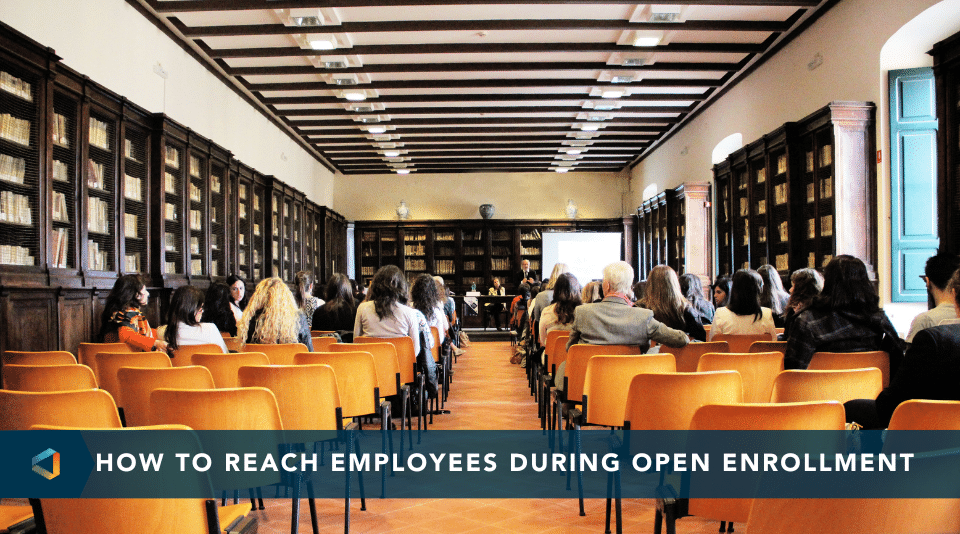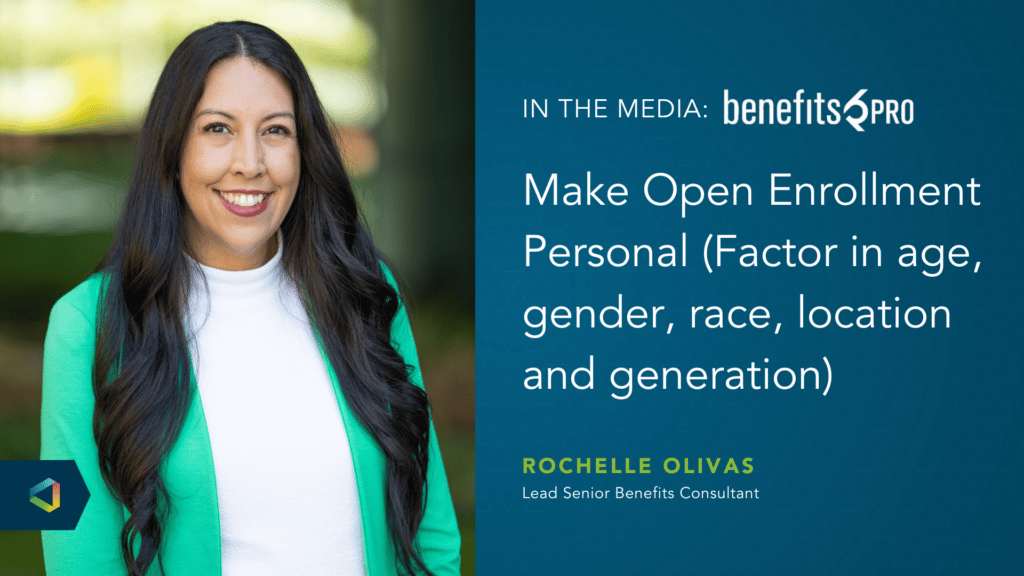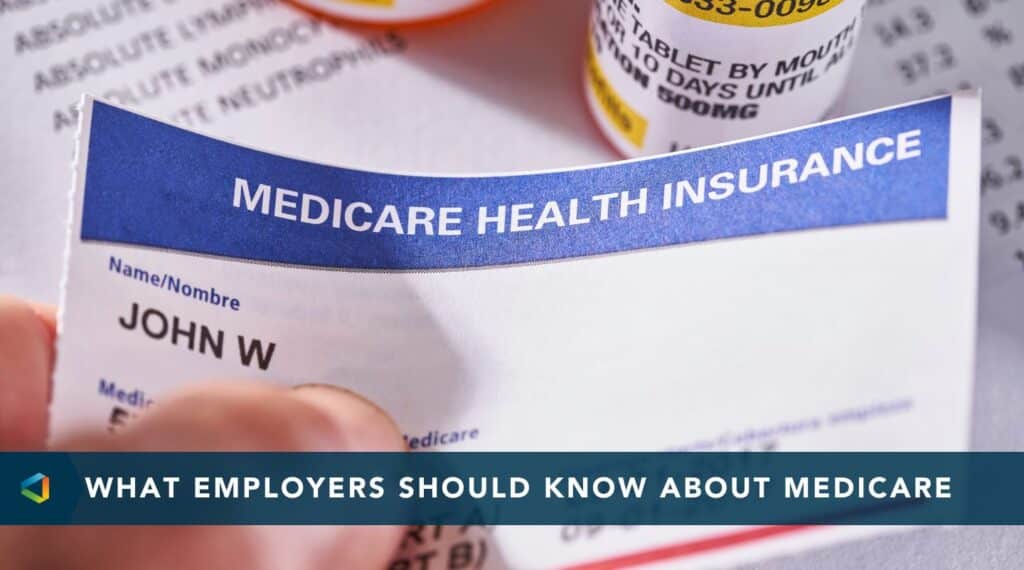Open enrollment is often viewed as a headache for employers and employees alike.
Employers have to make difficult decisions about what they can offer and employees have to make tough choices about what they need and what they can afford. With more of the cost shifting to employees, they need education and resources to make informed decisions. Effectively communicating with your employees during open enrollment is critical to understanding and eliminating confusion during and after the enrollment period.
What do employers need to know?
A true open enrollment generally occurs once a year. Prior to implementation of the Affordable Care Act (ACA), open enrollment periods were not required under the Employee Retirement Income Security Act (ERISA) but may have been required by:
- Health insurance contracts
- Collective bargaining agreements
- Section 125 cafeteria plans under which open enrollment periods are not technically required but participants must be given a reasonable period of time to make elections each year
Now, under the ACA, an “applicable large employer,” or ALE (employing an average of at least 50 full-time or full-time equivalent employees), that does not make a qualifying offer of coverage may be subject to penalties—that went into effect January 1, 2015—under the health care reform’s employer shared responsibility requirements (sometimes referred to as “play or pay”). According to the Internal Revenue Service (IRS), an ALE will not be treated as having “offered” coverage unless employees and dependents are given at least an annual opportunity to accept or decline coverage.
In most cases, current employees only have one opportunity during a plan year to make changes to their elections, unless they encounter a qualifying, life changing event.
Employers should be communicating all important aspects of their benefits during the open enrollment period. During this time it is important to explain any plan changes -- whether large product changes or small nuances in the coverage. Some of these changes are due to regulations and are often altered by the insurer.
Best Communication Practices
Many employers require employees to attend enrollment meetings in order to receive the necessary information. These meetings are opportunities to provide updates about plan and pricing changes as well as communicate to employees new program offerings, such as wellness. Open enrollment information should clearly communicate the rules regarding the election and selection of plan options, as well as the deadlines for submission, eligibility and costs. The materials should be written and articulated in a way that’s easy to understand, without using insurance industry jargon.
Different employer groups have different methods of communication. Often, these decisions are based on the location of the employees, the technology access of each employee, and the level of access employers have to their staff. For example, an industry that houses most of their employees in one or two locations, often prefer on-site meetings with printed enrollment materials. A business that has employees at different locations may prefer live and recorded webinars. Often these employers will also provide PDF versions of enrollment materials through email.
Technology Creates Efficiency
An alternative to coordinating multiple meetings and webinar is to simply house all benefit information and enrollment materials on a technology platform. Employees of firms that use technology can access videos, chat rooms and a repository of print materials within the system. Using a technology platform for open enrollment is a rapidly growing method of communication. In addition to creating efficiencies, decreasing errors and reducing processing time, it allows all the materials to be housed on one site, and is accessible during enrollment, as well as throughout the year.
Educated Employees Make Smarter Choices
Employees need resources and education to help them evaluate the cost-sharing implications of plans available to them and the out-of-pocket cost implications of their choice. FAIR Health, an independent, non-profit company offers free, award-winning consumer treatment cost estimation tools and health care literacy resources at fairhealthconsumer.org. The sites feature videos and articles that help consumers to understand the impact of plan options on both premium and out-of-pocket costs and to select the plan that best meets their needs.
The FAIR Health survey report, Understanding Consumer Health Insurance Preferences, is available free of charge and offers insights and suggestions that can help inform health coverage marketing and communications strategies. For more information and to request a copy of the report, visit fairhealth.org.
Open enrollment is a time when employers and their benefits advisors can work closely together to create messaging, enabling employees to understand, not just the benefits being offered, but how they demonstrate investment in employees and the importance to the company. An effective enrollment can often result in satisfied and engaged employees, because they feel the employer cares about what is important to them and is taking the time to help them make informed choices.




